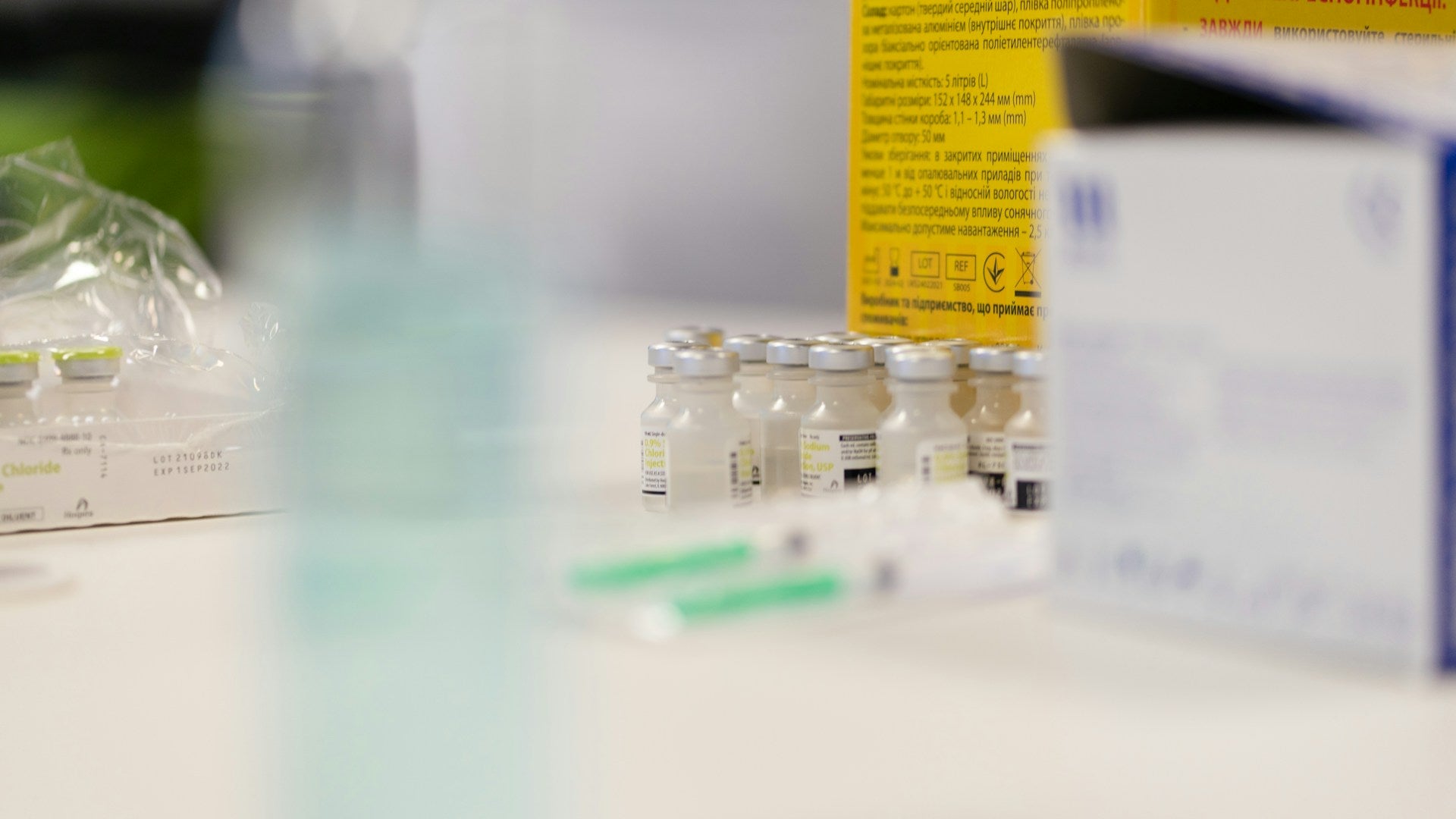Maintaining healthy blood oxygen levels is important for overall health and well-being, especially as we age. Low blood oxygen, known medically as hypoxemia, can cause issues like shortness of breath, fatigue, and impaired brain function. For seniors, keeping blood oxygen at healthy levels helps support an active lifestyle and reduces complications from certain illnesses. This article will discuss normal and dangerous oxygen levels for seniors, reasons levels can decline, and actionable tips to improve blood oxygen saturation.
What Is the Normal Oxygen Level for an Elderly Person?
For most healthy seniors, normal oxygen saturation levels fall between 95% and 100%. This means 95-100% of the hemoglobin in the blood is carrying oxygen to tissues and organs. Oxygen saturation specifically applies to arterial blood rather than venous blood returning to the lungs. Doctors consider oxygen levels under 90% for seniors to be moderately low and anything under 60% to be critically low. As we age, blood oxygen has a natural tendency to decrease slightly, but it should generally stay up in the normal range.

What Leads to a Decline in Seniors' Oxygen Levels
There are several potential causes for decreasing blood oxygen levels in the elderly, including:
- Age-related changes to lung tissues and muscles
- Heart conditions like arrhythmia or heart failure
- Obstructive sleep apnea, which interrupts nighttime breathing
- Chronic respiratory diseases like COPD or pulmonary fibrosis
- Restrictive lung diseases like pneumonia or asbestosis
- Anemia, which reduces hemoglobin that transports oxygen
- Obesity puts more demand on the respiratory system
Certain medications and substances like sedatives, smoking, and even anti-anxiety drugs can inadvertently suppress respiratory function as well. Understanding risk factors and getting appropriate diagnostic testing helps determine the causes behind falling oxygen saturation for older adults.
How Can Seniors Increase Blood Oxygen Levels?
Boosting exercise capacity safely, improving breathing mechanics, stopping smoking, trying oxygen therapy devices, and treating underlying conditions can all help seniors raise oxygen levels. More specific methods to help include:
Exercising Regularly
Low-to-moderate intensity exercise helps enhance breathing muscle endurance for taking in more oxygen. For seniors, this includes activities like walking, water workouts, tai chi, stretching, weight training, and leisurely biking. Checking with a doctor to identify safe, appropriate activities is key.
Practicing Good Posture
A slumped posture can restrict breathing and oxygen uptake. Staying upright with open chest and shoulders engaged allows the lungs to fully expand. Brushing up on posture techniques improves breathing mechanics for better oxygen circulation.
Trying Pursed Lip Breathing
Taking slow, controlled breaths by puckering lips on the exhale helps keep airways open, aiding oxygen intake. This breathing style also pushes more carbon dioxide out of the lungs. Performing pursed lip breathing exercises trains respiratory muscles while boosting oxygen absorption.
Using Supplemental Oxygen When Needed
Seniors with moderate or severe low oxygen may require using supplemental oxygen systems at home like portable oxygen concentrators, home oxygen concentrators, tanks, or generators. Portable oxygen concentrators are more mobile continuous flow devices that allow seniors to actively transport oxygen support outdoors. Home oxygen concentrators feature stronger continuous flow or pulse dose settings for concentrated in-house use. Proper oxygen devices like these raise blood oxygen when the lungs cannot absorb enough on their own. Doctors prescribe very specific liter flow rate recommendations based on diagnostic tests and individual vital capacity to appropriately meet seniors' portable or stationary oxygen needs.

Optimizing Treatment for Any Illnesses
Getting diagnosed and undergoing treatment for all relevant diseases or chronic health issues can support healthy oxygen levels. Whether it is utilizing inhalers for lung conditions or adopting a sleep apnea machine, addressing root causes helps raise low oxygen related to illness. Stopping smoking and limiting alcohol is also key.
What Drinks Increase Oxygen Levels
Certain beverages provide useful hydration, antioxidants, electrolytes, and key nutrients that help elevate low oxygen levels, especially among the elderly. Drinks to incorporate include:
- Water - Proper hydration keeps oxygen flowing through blood circulation. Dehydration thickens the blood and restricts oxygen transport. Consuming the right amount of clean, nutrient-balanced water maximizes blood fluidity.
- Fruit/Vegetable Juices - Fresh juices like pomegranate, beet, carrot, or green juices offer rejuvenating combinations of fluids, vitamins, minerals, and antioxidants to boost oxygen efficiency. Their rich nutrients improve cell oxygen utilization.
- Coconut Water - Isotonic coconut water mirrors blood plasma's composition for smooth hydration absorption to enable oxygen-nutrient circulation. Its electrolyte content aids cellular oxygen usage, too.
- Decaf Green Tea - Abundant antioxidants called catechins enhance lung function to take in more breathable oxygen. These plant compounds expand lung capacity for better oxygen diffusion.
Avoiding alcohol and caffeine maintains optimal respiratory health rather than depressing respiratory function with their diuretic effects, which can negatively impact blood oxygen capacity in the long term.

What Foods Increase Blood Oxygen Levels
Dietary sources provide minerals, antioxidants, and nutrients integral to producing red blood cells and hemoglobin that transports oxygen through the body. Helpful oxygen-promoting foods include:
- Leafy Greens - Spinach, kale, broccoli, parsley, and cabbage contain iron, folate, and vitamin B12 to form oxygen-carrying red blood cells and hemoglobin.
- Berries - Rich antioxidants in berries like blueberries and raspberries protect red blood cells and increase their oxygen-distribution capacity.
- Yogurt - High-quality yogurt offers probiotics to support gastrointestinal health for the nutrient absorption necessary to maintain red blood cell production and stable blood oxygen saturation.
- Beans and Lentils - As plant-based sources of protein and iron, beans and lentils effectively stimulate red blood cell concentration and hemoglobin levels.
- Citrus Fruits - Fruits like oranges further bolster iron absorption for crafting healthy red blood cells that reliably circulate oxygen all over the body.
The most oxygen-rich foods provide essential minerals, vitamins, and nutrients to maximize respiratory health from cell to lung functions - keeping elderly blood oxygen in healthy ranges.

Final Words
While some decline in blood oxygen is expected with aging, there are proven ways for seniors to help maintain healthy saturation levels through exercise, posture adjustments, breathing techniques, oxygen systems, and proper disease management. Identifying causes for falling oxygen and continually monitoring levels is also key. Working closely with medical providers ensures seniors take prompt action when readings dip dangerously low, which can prevent severe long-term consequences. Employing these tips helps older adults keep oxygen circulation at appropriate levels to stay active and resilient later in life.





Leave a comment
This site is protected by hCaptcha and the hCaptcha Privacy Policy and Terms of Service apply.